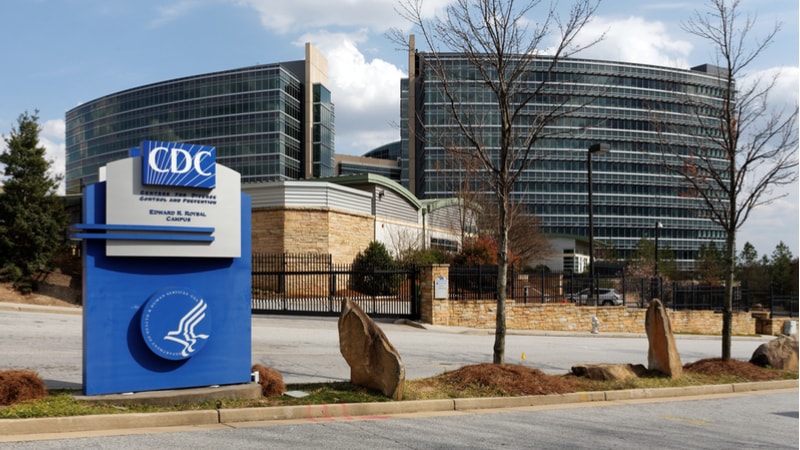
The National Academy of Public Administration (NAPA) issued a new report this week that breaks down four problem areas in intergovernmental responses and consequences to the COVID-19 pandemic, and makes recommendations for better disease-related data sharing mechanisms between states and the Centers for Disease Control and Prevention (CDC).
The report springs from a NAPA working group on the intergovernmental dimensions of the COVID-19 pandemic created in the spring of 2021. The four problem areas identified by the working group, include:
- Testing for COVID-19;
- Non-pharmaceutical interventions for infection risk reduction;
- Vaccine distribution; and
- Cross-cutting and over-arching issues.
The fourth and final problem area discusses data collection and tracking, and supply chain management issues. The report recommends that both the Federal government and state governments improve how they share disease data. The report offered two broad recommendations:
- Improve how state public health agencies and the CDC collect and share data, including on the issue of disease definition, and the creation of a “real-time web-based national data system” to receive standardized reports from 57 public health jurisdictions; and
- Obtain depersonalized information about communicable diseases through new Federal legislation and/or contracts with those holding health data on large fractions of the population.
“Understanding where the crisis response appeared to go well and where uncertainties about law, authority and other matters impaired an effective crisis response is important because – as recent history has made clear – additional and potentially more serious global infectious disease threats will again confront us in the years ahead,” wrote NAPA.

Overall, NAPA made 37 recommendations around those four problem areas identified by the working group. Some of those are aimed at the Department of Health and Human Services (HHS) and other organizations within HHS including the Public Health Service (PHS), Occupational Safety and Health Administration (OSHA), and the CDC.
“Understanding the U.S. public health infrastructure starts with a recognition that the system is composed of complex intergovernmental dimensions, with legal authority residing in city, county, state, and Federal public departments and agencies,” the report says.
“Fundamentally, public health systems in the U.S. rely on cooperation to make the system work because, in an intergovernmental model, the Federal government manages some functions while states and their localities manage others and customize them to the wants and needs of their respective populations,” it says.
